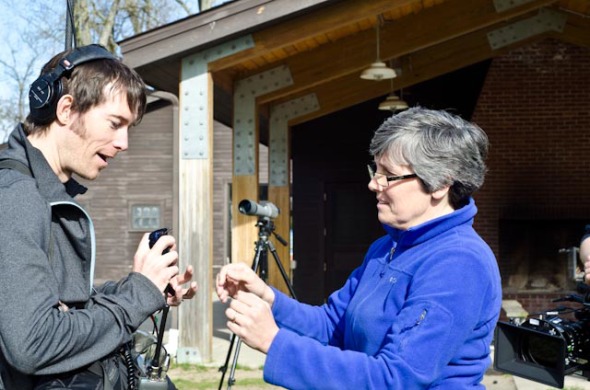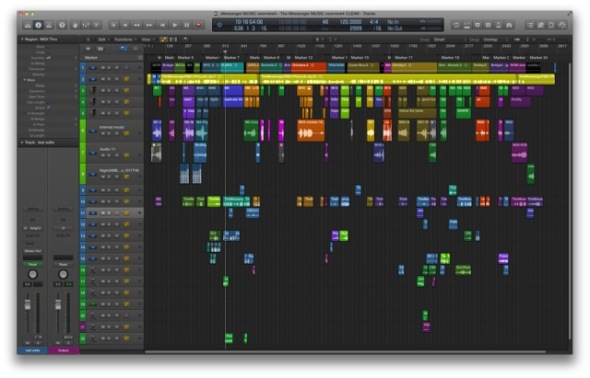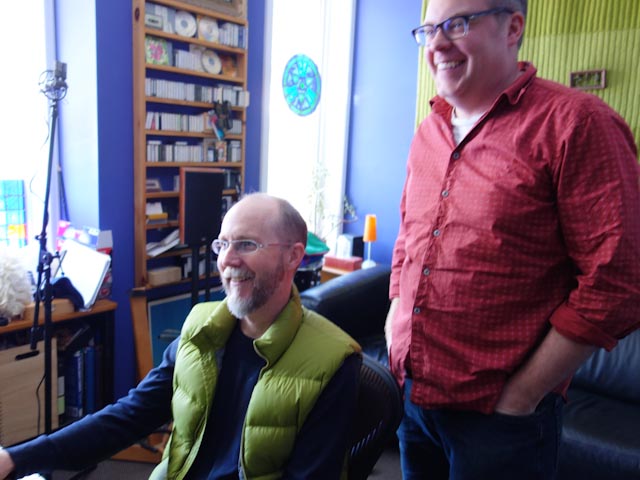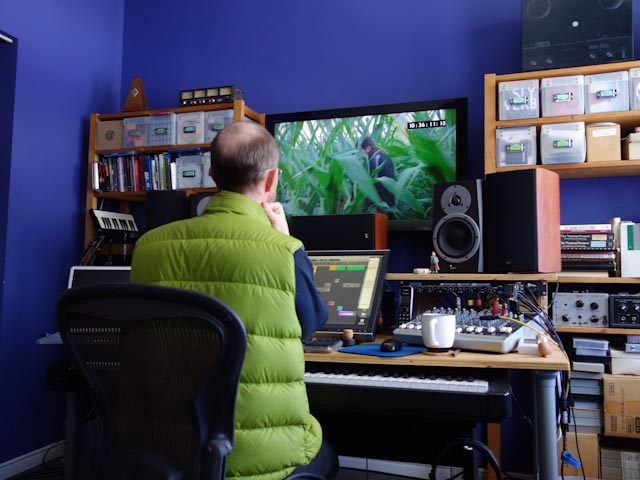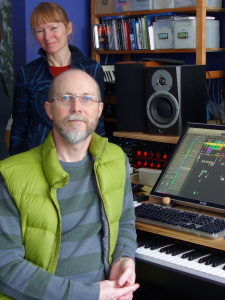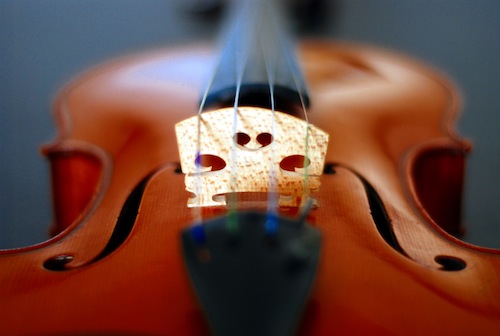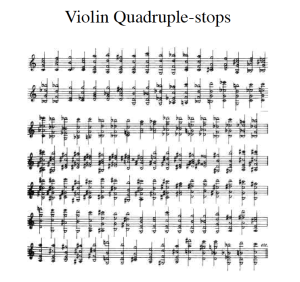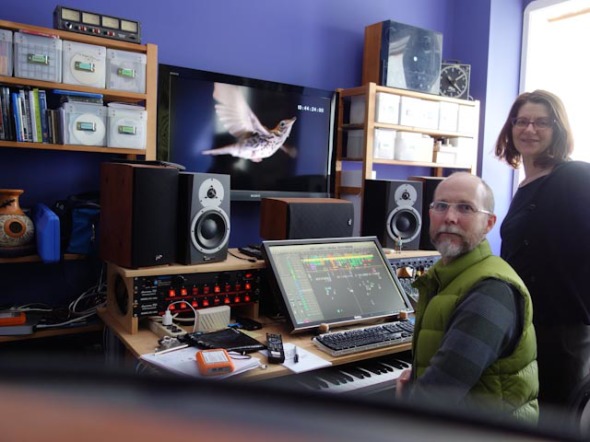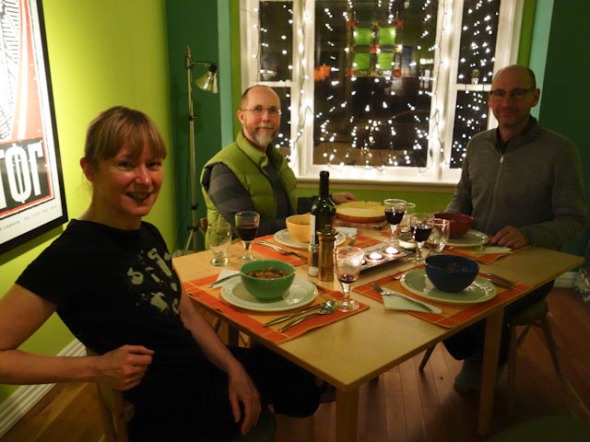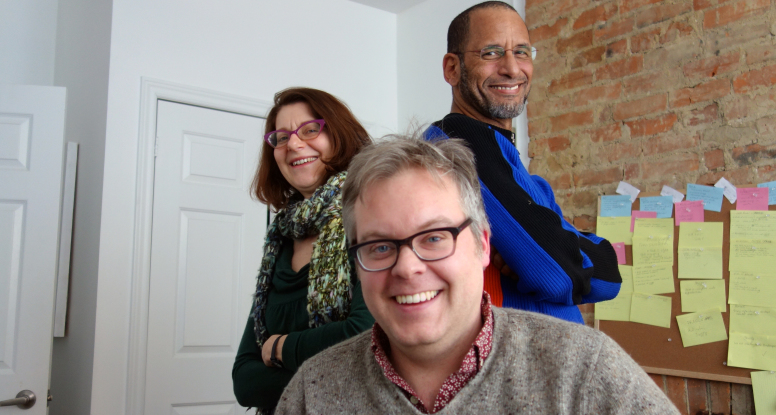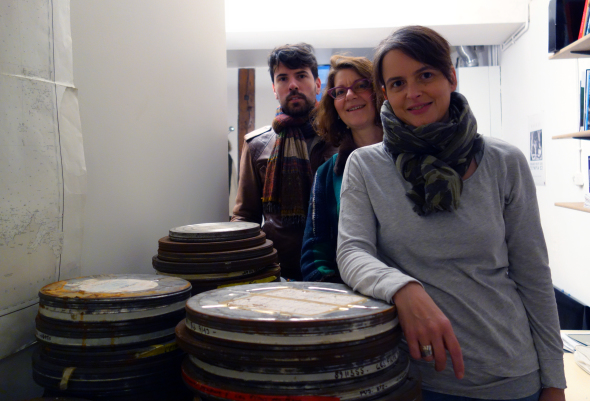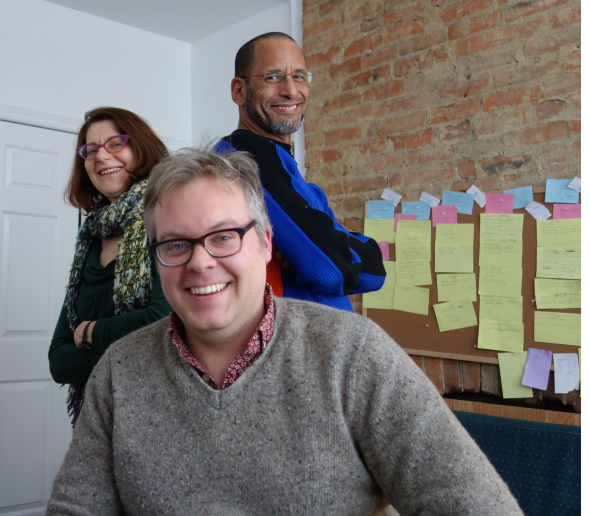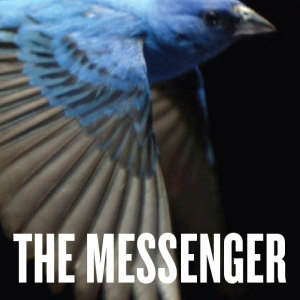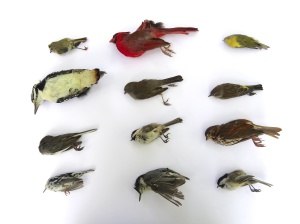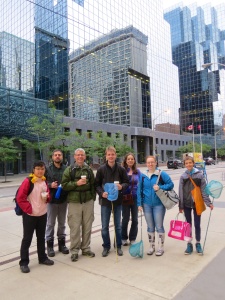We have some very exciting exciting news. The Messenger will have it’s World Premiere at the Hot Docs International Film Festival on April 28, 2015. At the Press Conference, Canadian programmer Lynn Fernie introduced the film eloquently by asking, “Can we, and even do we, want to live in a world without birdsong?” The film garnered a lot of attention at the conference, and Su was interviewed for radio, television and print. More on the Press Room page of this website.
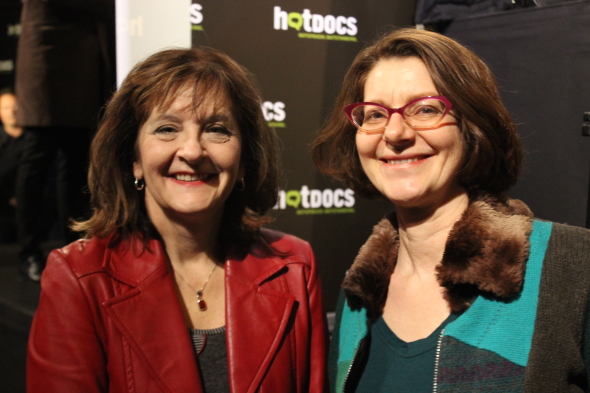
Producer Joanne Jackson (left) and Su Rynard (right)
The Messenger is a visually thrilling ode to the beauty and importance of the imperiled songbird, that contemplates our deep-seated connection to birds and warns that the uncertain fate of songbirds might mirror our own.
On one level, The Messenger is eco-alert as art – a skillfully told character first-person p.o.v. about the mass depletion of songbirds on multiple continents, and about the compassionate people who are working to turn the tide. According to international expert Dr. Bridget Stutchbury, who is featured in the documentary, we may have lost almost half the songbirds that filled the skies fifty years ago.
On another level, The Messenger is an engaging, three-act emotional journey, one that mixes its elegiac message with hopeful notes and unique glances into the influence of songbirds on our own expressions of the soul. For example, a German composer, DJ and bird-watching enthusiast, Dominik Eulberg, incorporates bird-sounds seamlessly into techno music and introduces us to the use of birdsongs in Wagnerian opera.
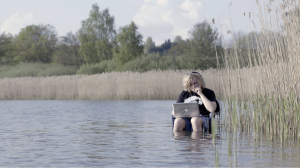
We meet passionate and motivated people like Michael Mesure, the founder of the Fatal Light Awareness Program, who has spearheaded the treating of skyscraper glass with markers, resulting in a 70% decline of bird deaths. As he says of the movement to switch off lights in empty buildings, ““How often can you say, you flick a switch and a problem disappears?”
We see culture clashes, as in France, where activists run up against hunters of the Ortolan Bunting, an endangered bird that is considered a culinary delicacy. And in the vast prairie lands of Saskatchewan, Dr. Christy Morrissey unravels the mystery behind the sharp drop in the numbers of insect eating birds. She discovers that the smoking gun is likely the same pesticide that is killing honeybees and states, “We are changing the environment faster than birds can cope with.”
But there is an ultimate wild card for songbirds. Turkish ecologist Çağan Şekercioğlu brings us to a crucial songbird site where the distant Mount Ararat looms large as a sentinel for climate change, as its’ disappearing glacier could spell tragedy for the wetlands at its base.
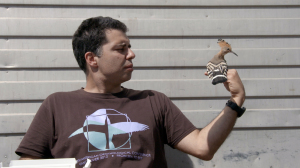
There’s a glimpse of hope for a sustainable future, as Costa Rican coffee farmers learn from ornithologist Alejandra Martinez-Salinas about the benefits of pesticide-free shade-grown coffee. The diversity of shade trees provide a natural habit for migratory songbirds and the birds’ appetite for the destructive coffee berry borer, provides an alternative to agro-chemicals.
Ultimately, The Messenger is about what the birds have to tell us about the state of our planet and of ourselves.
In the words of Peter Marra, of the Smithsonian Migratory Bird Center in Washington, D.C., “When the bird population starts to decline it’s a cold, it’s a flu that the Earth has. Birds provide an estimate of the integrity of the environment itself. We are part of that environment. We depend on it for our own lives.”
Don’t you think the Indigo Bunting looks amazing on the screen at the Bloor Cinema behind Festival Programmer Lynn Fernie? It certainly gives us a taste of what our birds in night flight footage will look like when the film premieres at this prestigious festival.
The Messenger has three screenings during Hot Docs.
Tickets can be purchased through the Hot Docs Box Office
April 28 , 9 PM – Scotiabank Theatre, 259 Richmond St. W.
May 1 – 1:30 pm, Scotiabank Theatre, 259 Richmond St W.
May 3 – 6:30 pm, Innis Town Hall Theatre, 2 Sussex Ave.
Directed by Su Rynard.
Written by Su Rynard and Sally Blake
Produced by Joanne Jackson, Sally Blake and Martin de la Fouchardière, Diane Woods and Su Rynard
SongbirdSOS is an international treaty co-production between Canada and France, produced by SongbirdSOS Productions and Films à Cinq.
International Distributor: ZED

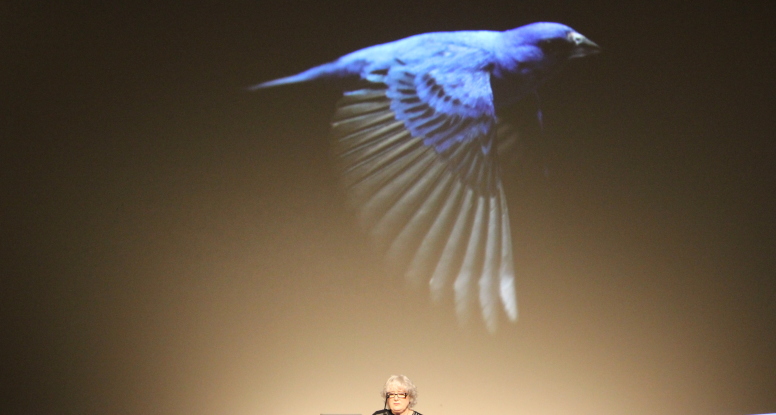
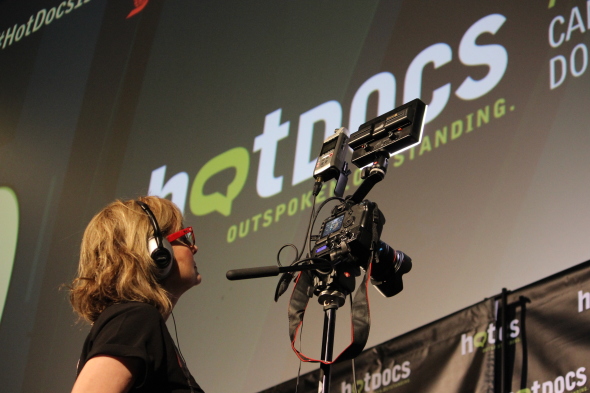
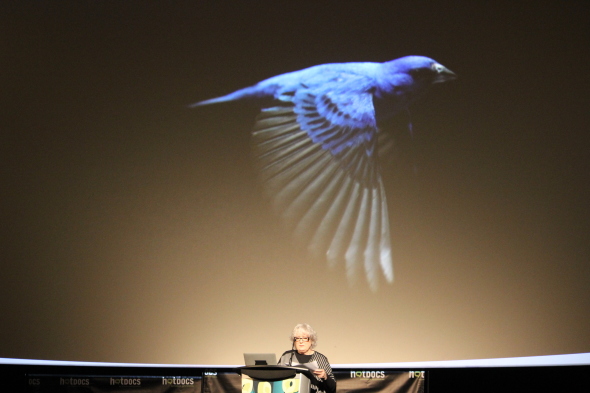
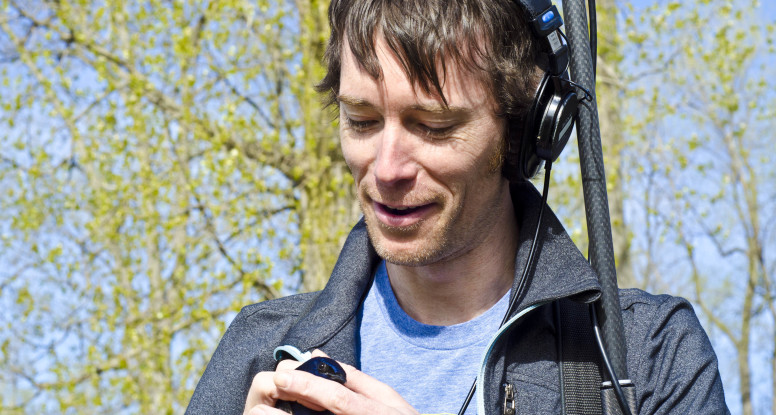
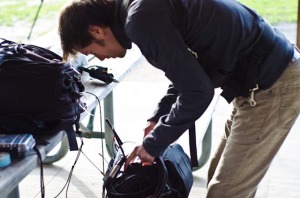 .
.